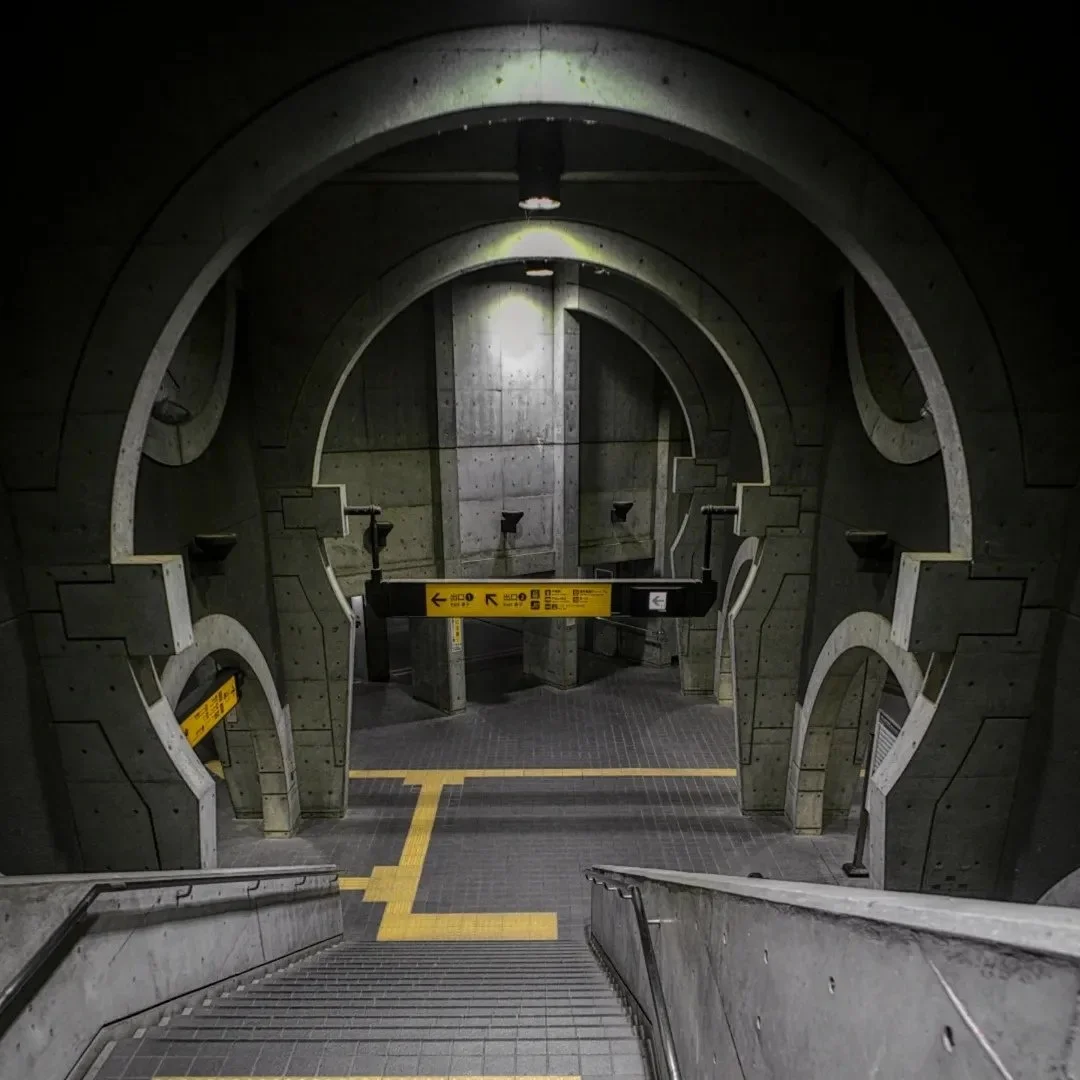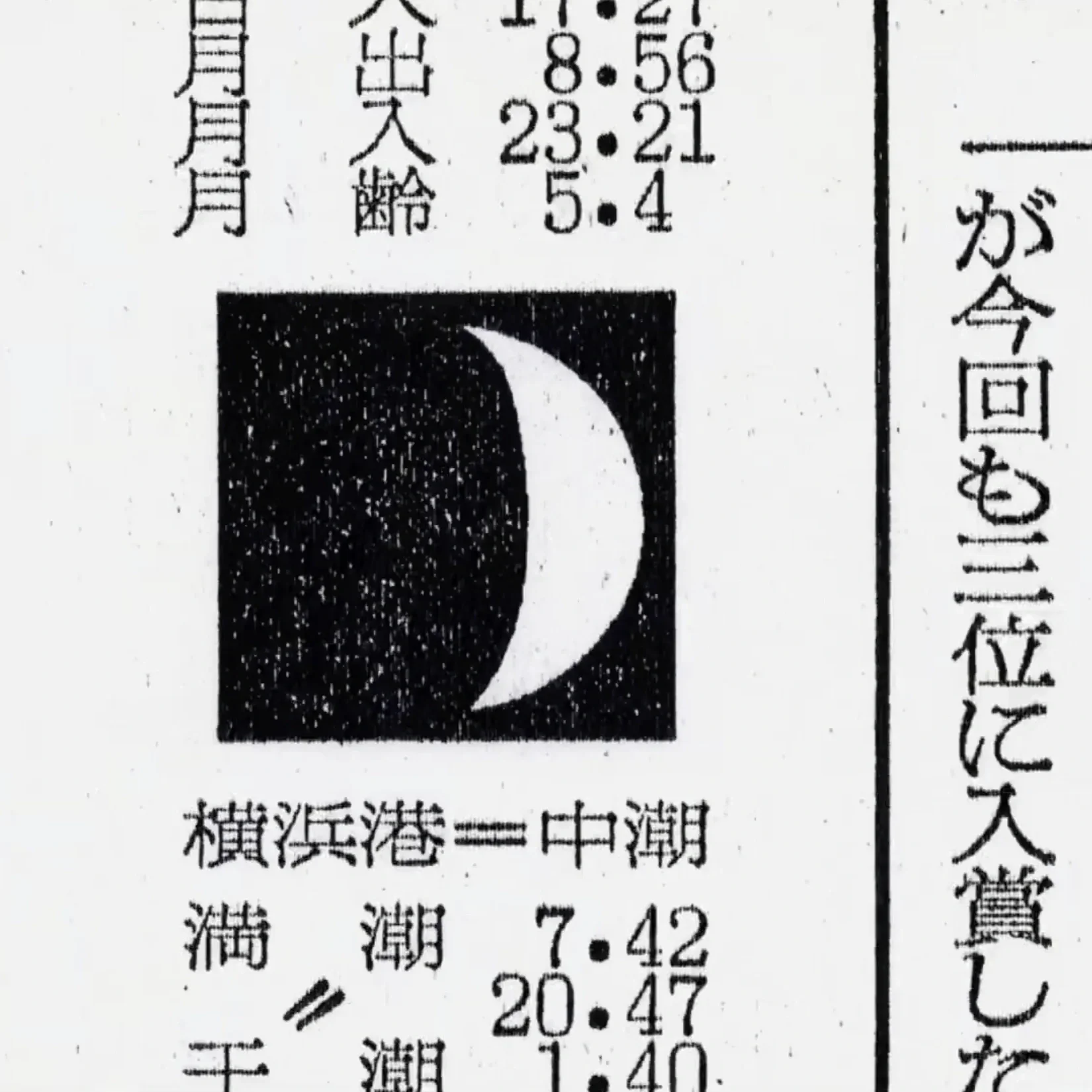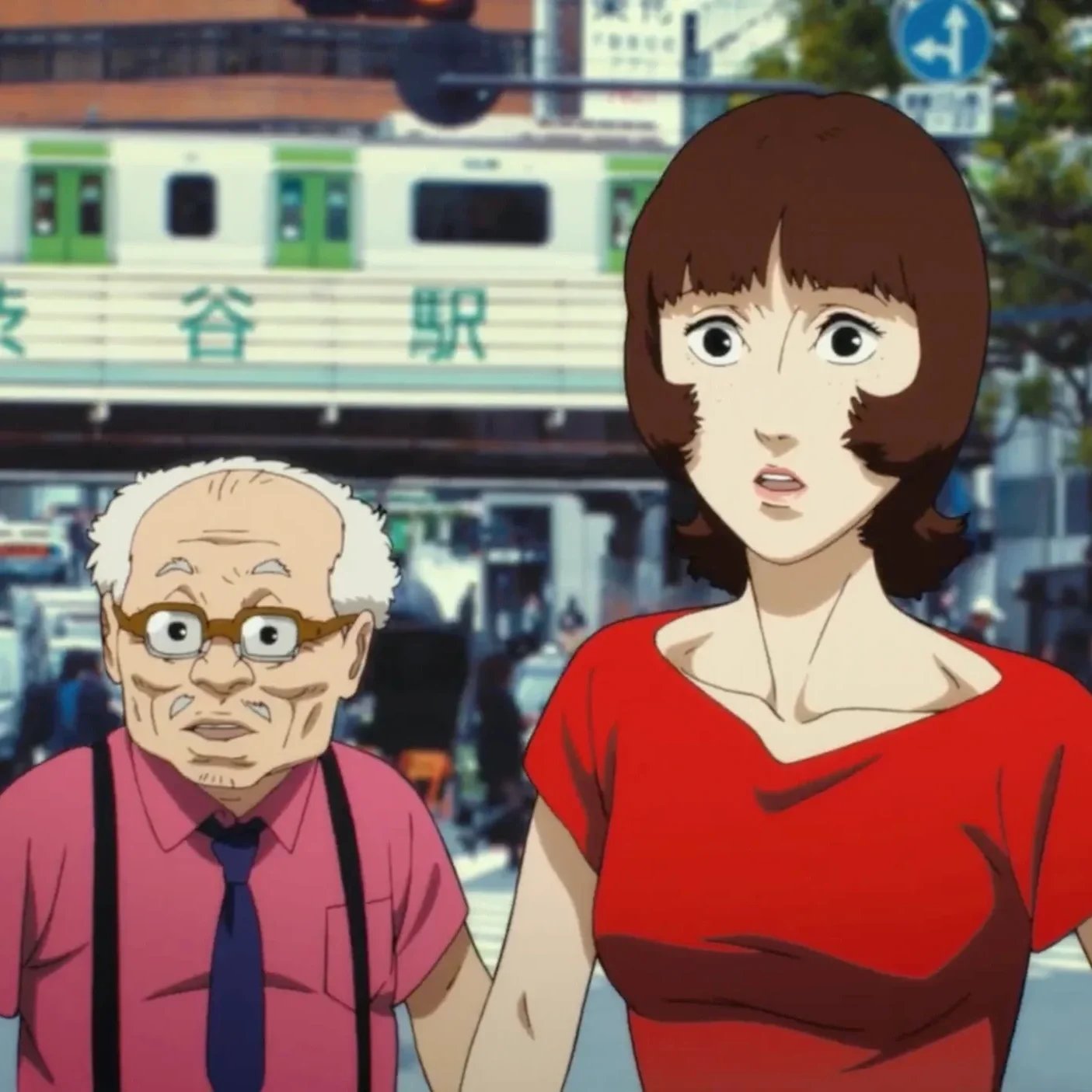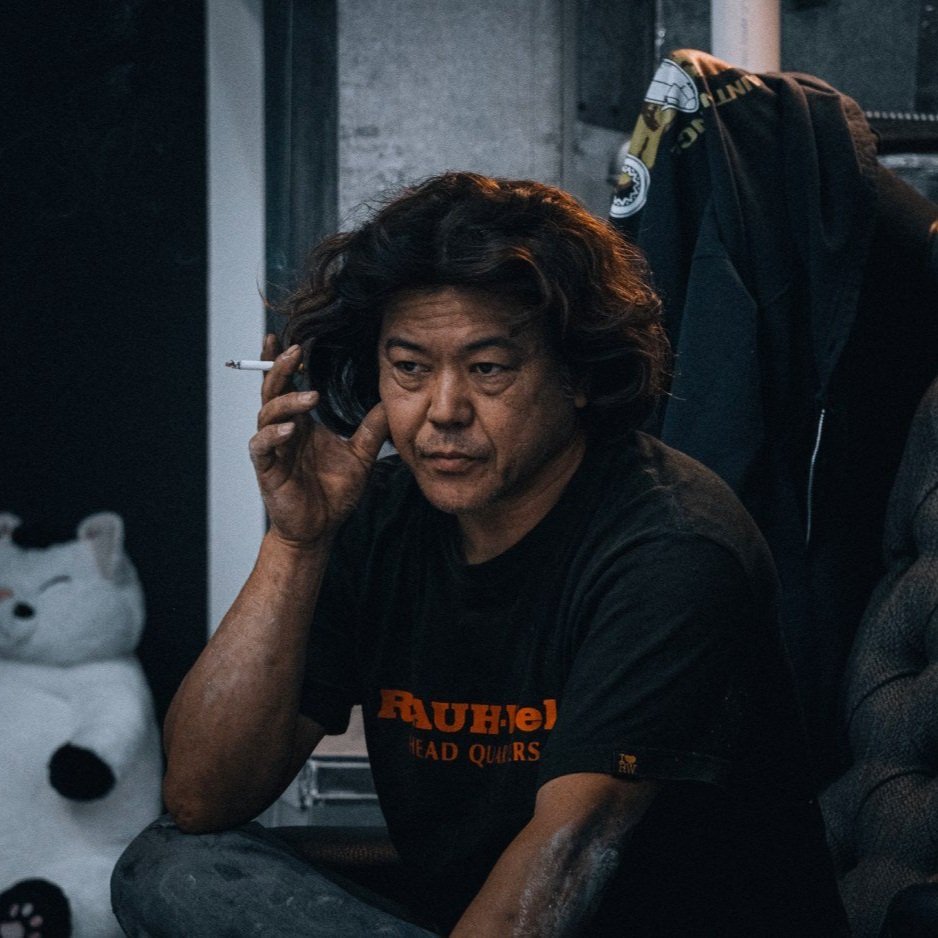Brutal Zen – The Raw Poetry of Japanese Brutalism
From Brutalist Japan│© Paul Tulett
Japanese Brutalism, an uncompromising slab of concrete in a country famous for paper walls and wooden temples. One moment you’re drifting through a sleepy Okinawan backstreet, the next you’re staring up at what looks like a bunker built by Zen monks with a grudge against ornamentation.
And once you start seeing it, you can’t stop. At least photographer Paul Tulett didn’t. A British transplant living in Okinawa, Tulett began documenting these raw structures out of sheer disbelief. Why was no one paying attention to them? Barber shops built like fortresses. City halls that look like alien ruins. Homes that could survive a meteor strike. His camera became a tool of reverence—a way to draw out the quiet drama hiding in plain sight. The result is Brutalist Japan, a visual odyssey through over a hundred of the country’s most unapologetically concrete buildings, and its more focused, meditative sibling: the Brutal Zen project.
Despite the name, Japanese brutalism isn’t chaos. It’s not the dystopian cliché slapped onto aging Western housing estates. There’s order here. Balance. A kind of militant minimalism. Tulett describes it best: “Brutalism is divisive. My hope is that my book fosters understanding and therefore appreciation. Most opinions on Brutalism are based on Eurocentric misassumptions. My hope is that the Japanese experience will instigate a broader reappraisal of the style.”
That’s the twist. The myth of Japanese architecture is one of lightness and impermanence—shoji screens, tatami mats, fleeting cherry blossoms. But brutalism? It’s rooted. Grounded. Built like it never intends to leave. And yet, the connection runs deeper than it seems. The bare concrete isn’t a rejection of Japanese aesthetics. It’s a rechanneling. A new form of wabi-sabi—rough, weathered, imperfect, but deeply intentional. The brutalist surface might be stark, but the philosophy is pure harmony: building with gravity, not against it.
Tulett’s lens captures this contradiction in silence. His images aren’t manicured or staged. They let the buildings speak for themselves—which they do, in cracked lines and shadow plays. It’s concrete in its purest form—stoic, unmoved, and entirely at peace with decay.
But that peace is under threat.
“Simply because locals don't really appreciate or understand what is in front of them.” Tulett says. With no preservation effort or real appreciation these buildings just vanish. And with them, a chapter of architectural history—misunderstood, maligned, but undeniably Japanese in its own blunt way.
There’s a kind of sacred defiance to Japanese brutalism. It doesn’t ask to be liked. It doesn’t explain itself. It just stands there—quietly, massively—until you start to feel something. Confusion. Awe. Maybe even love.
Tulett’s book isn’t trying to convince you. It’s not an argument. It’s an invitation. “Hate something? Find out why. You may end up loving it.” Tullet shares. Beneath the stark surfaces, there’s a story of precision molds, misunderstood aesthetics, and a cultural echo chamber made of concrete.











Inside the legacy of one of anime’s most iconic studios.